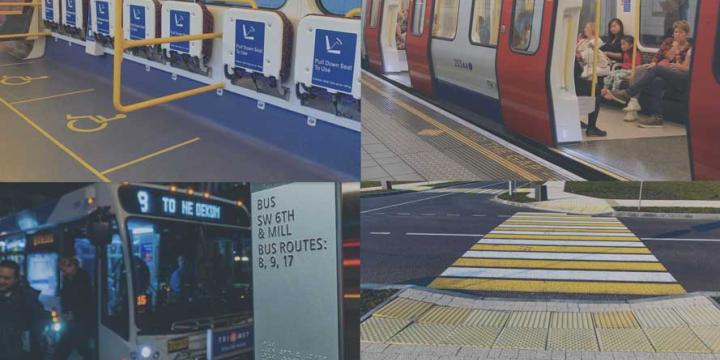Course Info
10 video lessons (129 Mins)
Published
2022-
4.64
Preview Course
Browse Course Chapters
-
1.Introduction
2 mins
-
2.What Physical Features Define A Place?
16 mins
-
3.Planning Goals and Development Regulations
10 mins
-
4.A Brief History of Zoning
20 mins
-
5.Right-Sizing Regulations
14 mins
-
6.Tools for Implementation: Zoning Districts, Part I
17 mins
-
7.Tools for Implementation: Zoning Districts, Part II
21 mins
-
8.Tools for Implementation: Uses
7 mins
-
9.Tools for Implementation:Development and Site Standards
11 mins
-
10.Tools for Implementation: Administration
8 mins
What You Will Learn
- Understand the elements of the build environment that create a sense of place and unique character
- Understand the relationship between planning and development codes
- Learn what zoning regulates, how it is regulated, and how the approach to regulation impacts the development outcomes
- Understand the ecosystem of development codes that regulate the built environment, beyond zoning codes
- Understand the difference between prescriptive development codes, primarily zoning, and design guidelines that require discretionary review processes
- Learn how to create flexibility in zoning to allow for context-sensitive development to occur
- Learn best practices for the core element of a zoning code: districts, development standards, uses, and administration
- Learn best practices for ensuring development codes outside of zoning are coordinated and supportive of desired development patterns
Course Description
The goal of zoning should be to make it easy to build the right things in the right places. Current best practices and creative approaches to development codes can produce predictable, high quality urban design outcomes. While many communities have visionary plans for their future as livable, walkable, unique communities, most are lacking the tools to implement these goals.
By framing elements of the built environment that contribute to a community’s unique sense of place and using examples from codes adopted by communities across the United States, the "Right-Sizing Zoning for Better Outcomes" course will explore how zoning often misaligns with the goals and policies adopted in community plans, and what can be done to fix it. Focusing on regulating the key elements of place while avoiding over-regulation is important in achieving better, more predictable development outcomes. This course provides an understanding of why user-friendly, predictable codes are important and explore a range of tools and approaches implemented by communities across the country.
Regulation does not end with zoning. To make it easier, or even possible, to build the types of development often called for in community plans, additional development regulations should be evaluated for their alignment with one another and their alignment with the policies adopted in the plan. Some of these regulations are overseen by multiple, otherwise unrelated departments across city hall, including the planning department, engineering department, arborist, site development department, fire chief, and building inspectors–requiring cross-departmental collaboration and coordination throughout the review process.
This course will provide the context for why right-sizing development codes is important, and suggest a set of practical tools and ideas for zoning implementation.
Learn these skills
- Architecture
- Development
- Housing
- Land Use
- Law and Policy
- Plan Making
- Regulations
- Site Planning
- Urban Design
- Zoning Codes



























